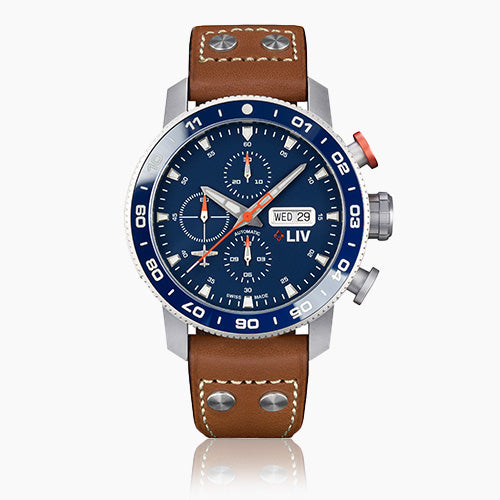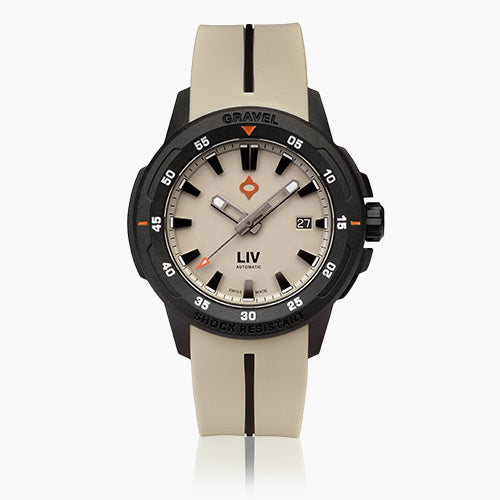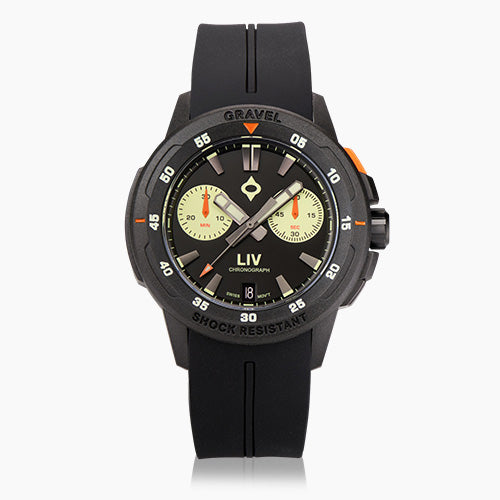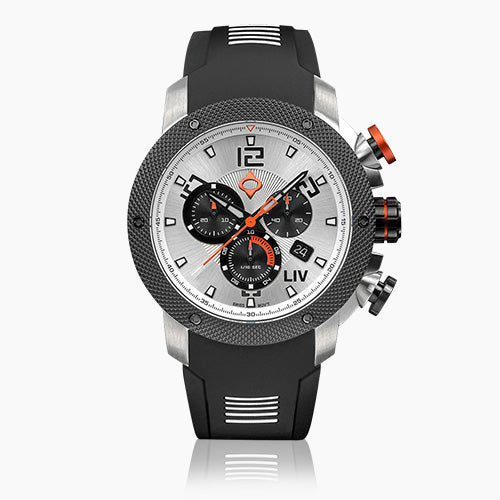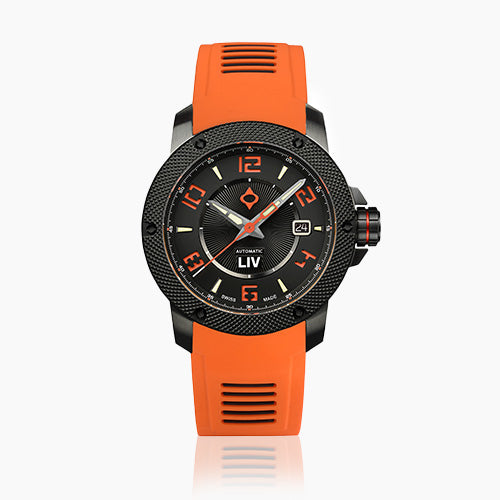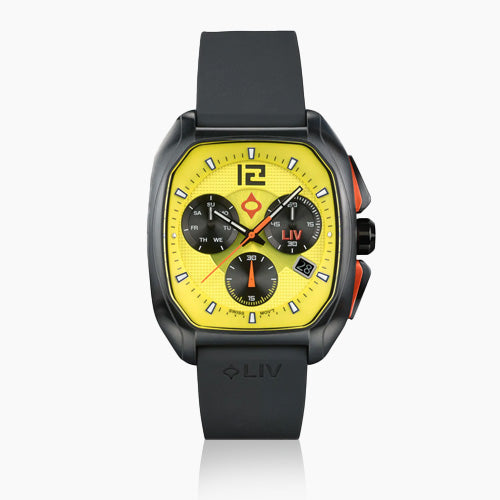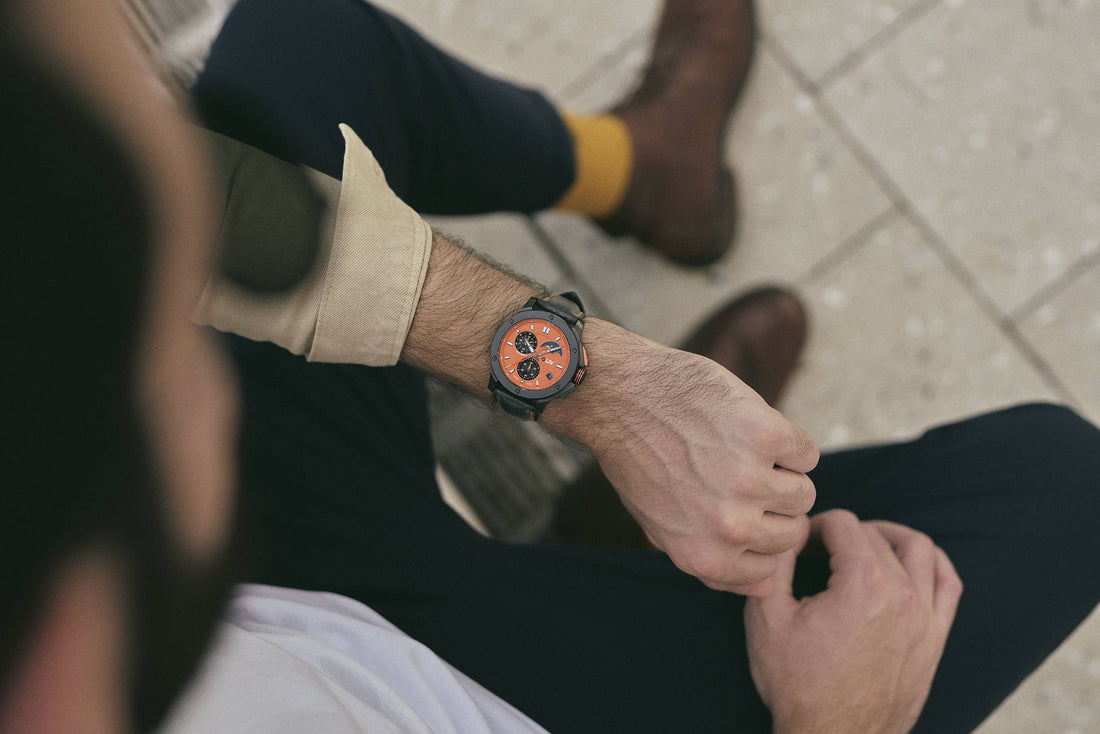
Saturn vs Falcon
Share
HEAVY WEIGHTS OF THE US SPACE FLEET
The US space fleet...that has a cool sound to it. Especially to a science-fiction enthusiast.
Growing up, I was privileged to see the US's launch vehicles evolve from the Redstone to the Saturn V, the most powerful rocket ever built, and the one that enabled the first astronauts to land on the moon. The Saturn V was NASA's super-heavy-lift vehicle and holds the record for boosting the largest payload beyond low Earth orbit (LEO).
But, rocket science is exacting and difficult. Nothing needed to support human life in space was available. It all needed to be developed from scratch. That meant a well-orchestrated development effort was required to engineer and test all the necessary technologies.
The first step on the road to the Moon was the Mercury program. It was a Mercury space capsule that carried the first American into orbit. Shown below is the Mercury-Redstone launch vehicle. Notice the distinctive escape mechanism at the tip of the spacecraft. It could be compared to an ejection seat in a jet. In the event of an emergency, this rocket-powered device could be fired. It would pull the capsule away from the rocket and deploy parachutes to safely return the capsule, and occupant, to Earth.
This launch vehicle was eventually replaced by the more powerful was replaced by Mercury-Atlas.

Image: Mercury-Redstone 2 (MR-2) Launch with chimpanzee Ham aboard. Monkeys had been flown into space before, but Ham was the first higher primate to test a spacecraft.
The next step in America's space program was the Gemini series of launches. Whereas the Mercury program carried a single astronaut into orbit, Gemini carried two. See why the name was selected? Gemini the twin? Hey, they're rocket scientists, not standup comedians. The launch vehicle for these missions was the Titan II GLV, pictured below, lifting off from Cape Canaveral.

The third and final stage of America's program to land people on the Moon was Project Apollo. These missions used three astronauts and involved placing the heaviest payload ever into an orbit capable of reaching the Moon.
Following the conclusion of the Apollo missions, the Saturn V's power was redirected to placing Skylab in orbit, America's first space station, in 1973. Following this, the Saturn V was retired, and NASA focused on the Space Shuttle and launching satellites and rovers to various places in the Solar System, and beyond.
Today, there's a new heavy-lift contender, the Falcon Heavy built by SpaceX. There are some significant differences between the Saturn V and Falcon Heavy. The Saturn was a single-use vehicle. Only 15 were built, and only 13 used. Once it boosted its payload into orbit, it fell back to Earth, an expendable asset.
On the other hand, the Falcon Heavy is designed for reuse. Just like sci-fi movies and books, SpaceX has designed launch vehicles that can land vertically with pinpoint precision. According to NASA's definitions, the reusable Falcon Heavy is classified as heavy-lift. A fully expendable version fulfills the super-heavy-lift requirements.
A final point of differentiation is this, the SpaceX rocket is a commercial rather than a governmental, program. Yes, NASA is tightly integrated and has contracted with SpaceX to provide launch vehicles. But the fact remains, this represents a new approach to space exploration.
"Celebrating one of the greatest feats of human endeavors is something we approached with serious intensity. We wanted to do Saturn V the justice it deserves. We think we did, a hope you do as well."
- Chaz Chazanow
Founder at LIV Watches
THE SATURN FAMILY OF LAUNCH VEHICLES

The Saturn V was the culmination of NASA's Saturn launch vehicle family. Wernher Von Braun and his team managed the development and launch of the Saturns, and indeed, all the previous launch vehicles. Most of the design, engineering, and testing took place at the Marshal Space Flight Center in Birmingham, AL. Cape Canaveral in Florida handled the launches. Dubbed the "Space Coast," Cape Canaveral was situated to allow launches to take place over the Atlantic Ocean. In case of malfunction, no one wanted a firey rocket, large or small, coming down onshore.
From the beginning, the Saturn V was intended to put astronauts on the Moon. The final version consisted of three stages, each fueled by liquid propellants. The term family implies there was a Saturn I, II, III, IV, and V. Well, not so fast with the logic. The Saturn family consisted of the I, IB, and V. My research also uncovered a Saturn II, but it was a military launch vehicle.
Here is a summary of the Saturns used to put astronauts on the Moon, meeting President Kennedy's challenge put people on the Lunar surface within 10 years.

FALCON HEAVY LAUNCH VEHICLE

Did I mention I was a sci-fi aficionado? Well, SpaceX Has managed to create a real version of the vertical launch and landing vehicles like those of Buck Rogers, Tom Swift, Rocky Jones, and other space heroes from the first half of the last century.
The prevailing science-fiction image before Star Wars was of sleek, powerful rockets with integrated quarters for humans, taking off and landing vertically at spaceports. As is often the case, science-fiction becomes science fact. Such is the case for the rockets engineered, built, and operated by SpaceX.
The Falcon Heavy is a multi-stage vehicle. The first stage is (or can be) recoverable. It consists of two boosters and a central propulsion core. Each of the three components is equipped with four rigid landing legs. Each component reserves a portion of its fuel for the recovery phase. This is a distinct change from all previous vehicles where the entire fuel load is consumed during the launch phase.

Although certified by NASA to carry humans into space, SpaceX is already developing the Heavy's replacement, the Starship system. A prototype is shown below.

As configured, the Heavy is presently the most powerful launch vehicle available. It is the third most powerful historically following the Saturn V and the Russian super-heavy-lift Energia, shown below.
"Maybe my favorite aspect of the Saturn V range is the melding of bronze and titanium. It seems fitting that the original watch case material and metal that played an important role in the space program be brought together to celebrate the penultimate event of space exploration (so far)."
- Esti Chazanow
Co-Founder at LIV Watches
LIV CELEBRATES THE CHAMP - THE SATURN V

LIV Watches decided to commemorate the super-heavy-lift champion with a pair of unique watches; the Moon Lander and the Moon Dust. And true to LIV's DNA, each delivers a unique experience. Starting with a striking three-dimensional case back, these watches are decked out with Saturn V design elements, top to bottom.
The Moon Lander contains a feature-rich quartz chronograph movement from ETA, the G10.962 EO Swiss Chronograph with a special complication, a true Moon phase display. As I write, it graces my wrist.

The Moon Dust is powered by an automatic with day complication, the Sellita SW200-2, clearly visible through the exhibition case back. A specially textured, multi-layered dial represents the lunar surface. A special option melds the original case material, bronze with space-age titanium.
If you lived during the halcyon days of the Saturn V missions, you'll want one or both of these LIV Watches beauties in your collection. For those who didn't, and you want to add a bit of history to your watch lineup, these are magnificent additions.

SATURN V SPECIFICATIONS
LIV Saturn V Moon Lander Chrono

Movement–ETA Quartz G10.962 EO Swiss chronograph with moonphase
Case–High-grade 316L stainless steel
Case Back–Saturn V Moon embossed design Screw-down; Gasketed
Crystal–High-grade sapphire; Anti-reflective and scratch resistant
Crown–Screw-down; Gasketed
Water Resistance–100m
Dimensions– Case diameter: 44.00 mm, Case height: 12.55 mm, Lug to lug width: 52.00 mm, Strap lug width: 23.00 mm
SATURN V MOON DUST AUTOMATIC

Movement–Sellita SW200-1 Swiss automatic
Case–Bronze and titanium
Case Back–Exhibition sapphire; Screw-down
Crystal–High-grade sapphire; Anti-reflective and scratch resistant
Crown–Push down with LIV logo enamel inlay
Water Resistance–100m
Dimensions–Case diameter: 42 mm, Case height: 12.50 mm, Lug to lug width: 45.50 mm, Strap lug width: 22 mm
